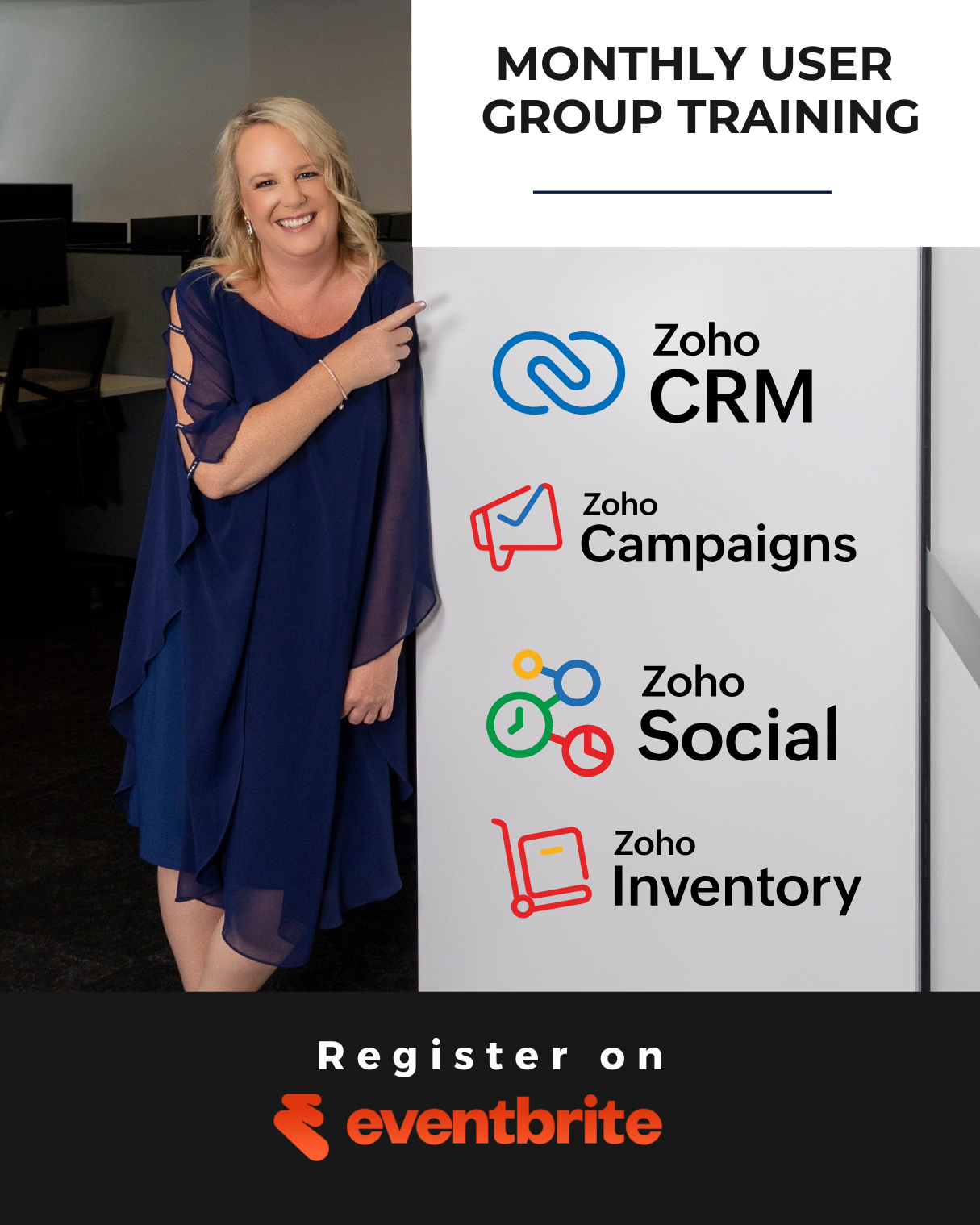Single Blog
- Home
- Effective Communication Tools for Marketing Teams
Help Links
Zoho Q&A
- Where to Start with Zoho: Strategy Before Software
- Things to Consider When Choosing a Zoho Developer for Your Business
- Learn How to Customise Zoho Yourself
- Zoho Books vs. Xero: Expert Advice from Zoho Partners on Custom Solutions & Integrations
- Zoho CRM vs. HubSpot: Expert Advice from Zoho Partners
- Zoho CRM vs. Zoho Bigin
Contact Information
Address: Kontiki, Tower 1, 508/55 Plaza Parade, Maroochydore
Email: info@dynamicdigitalsolutions.com.au Website: dynamicdigitalsolutions.com.au
Copyright © Dynamic Digital Solutions. All rights reserved.





Effective Communication Tools for Marketing Teams
Marketing teams thrive on effective communication. Without the right tools, collaboration can become a challenge, especially in today’s fast-paced digital landscape.
At Dynamic Digital Solutions, we’ve seen firsthand how communication tools for marketing teams can transform productivity and creativity. This post explores the essential platforms that modern marketing professionals use to stay connected, organised, and efficient.
How Instant Messaging Revolutionises Marketing Team Efficiency
The Impact of Real-Time Communication
Instant messaging platforms have become essential tools for marketing teams, enabling rapid information exchange and real-time collaboration. These platforms significantly accelerate decision-making processes, allowing marketing teams to share ideas quickly, receive instant feedback, and make swift campaign adjustments. This agility proves vital in today’s dynamic marketing landscape, where trends can shift within hours.
A McKinsey study revealed that improved communication and collaboration through social technologies could raise the productivity of interaction workers by 20 to 25 percent. This boost stems from reduced email clutter, faster problem-solving, and enhanced team cohesion.
Top Instant Messaging Tools for Marketers
Several instant messaging platforms stand out for their robust features tailored to marketing teams:
Best Practices for Instant Messaging Effectiveness
To maximise the benefits of instant messaging platforms, marketing teams should adhere to these best practices:
Overcoming Challenges in Instant Messaging Adoption
Despite its benefits, implementing instant messaging in marketing teams can present challenges. Some common hurdles include:
To address these challenges, teams should implement clear usage policies, encourage the use of “do not disturb” features, and ensure that their chosen platform meets necessary security standards.
As marketing teams continue to embrace instant messaging, the next logical step involves integrating these communication tools with broader project management and collaboration platforms. This integration creates a seamless workflow that enhances overall team efficiency and effectiveness.
How Project Management Tools Boost Marketing Efficiency
Visual Task Management Revolutionises Workflows
Project management tools transform modern marketing teams by offering a centralised hub for task management, resource allocation, and team communication. These platforms significantly enhance productivity and streamline workflows.
Visual task management stands out as one of the most effective features. Visual project management tools eliminate the need for constant context-switching, providing real-time updates and actionable insights where the work is happening. This visual approach helps teams identify bottlenecks quickly and ensures all members align on project status.
Automation Saves Valuable Time
Automation capabilities in project management tools save marketing teams countless hours. Asana allows users to set up rules that automatically assign tasks, update due dates, or move items between project boards based on specific triggers. This automation reduces manual work and minimises the risk of human error in project management.
Marketing automation saves companies 6+ hours per week on routine tasks like social media posting and email marketing. 63% of businesses plan to increase their marketing automation efforts, highlighting the growing importance of this feature in project management tools.
Enhanced Collaboration Drives Success
Collaboration features in project management tools foster better teamwork and communication. Zoho Projects (part of the Zoho ONE suite) provides robust collaboration tools including shared calendars, forums, and real-time chat. These features ensure that all team members have access to the latest information and can easily contribute to ongoing projects.
Integration with Marketing Tools Amplifies Impact
The most effective project management solutions for marketing teams offer seamless integration with other marketing tools. For instance, Zoho Projects integrates with Zoho CRM, allowing marketing teams to align their project timelines with sales pipelines and customer data. This integration provides a holistic view of marketing efforts and their impact on business outcomes.
Effective CRM integration is vital for personalised marketing campaigns and targeted outreach. Ensuring the CRM system can effectively handle and analyse customer data is crucial for maximising the benefits of this integration.
As project management tools continue to evolve, they increasingly incorporate advanced features like artificial intelligence and predictive analytics. These innovations promise to further revolutionise how marketing teams plan, execute, and measure their campaigns. The next frontier in marketing team communication lies in video conferencing and virtual meeting solutions, which complement project management tools by facilitating real-time, face-to-face interactions.
How Video Conferencing Transforms Marketing Teams
The Power of Visual Communication
Video conferencing bridges the gap between in-person and remote work, allowing marketing teams to maintain personal connections (essential for brainstorming and strategy development). 86% of employees and executives cite the lack of effective collaboration and communication as the main causes of workplace failures. This connection proves vital for marketing teams that rely on collective creativity and rapid idea exchange.
Selecting the Right Video Conferencing Tool
The choice of an appropriate video conferencing platform can significantly impact a marketing team’s efficiency. Popular options like Zoom, Google Meet, and Microsoft Teams offer robust features, but teams must consider their specific needs:
Zoom excels in ease of use and reliability, making it ideal for client presentations and large team meetings. Its breakout room feature proves particularly useful for marketing teams conducting focus groups or segmented brainstorming sessions.
Google Meet integrates seamlessly with other Google Workspace tools, benefiting marketing teams heavily reliant on Google’s ecosystem for document collaboration and data analysis.
Microsoft Teams offers deep integration with Office 365, making it a strong choice for marketing departments in larger corporations. Its persistent chat and file-sharing capabilities support ongoing project discussions.
However, for marketing teams using Zoho ONE, Zoho Meeting provides seamless integration with other Zoho applications, offering a cohesive experience for managing marketing campaigns and client communications.
Maximising Virtual Meeting Effectiveness
To ensure productive virtual marketing meetings, consider these actionable tips:
Fostering Team Bonding in Virtual Spaces
Schedule regular virtual coffee breaks or informal catch-ups. These casual interactions foster team bonding and can spark creative marketing ideas. Try to create a relaxed atmosphere where team members feel comfortable sharing thoughts and ideas outside of formal meetings.
Overcoming Common Video Conferencing Challenges
Address potential issues like technical difficulties, time zone differences, and meeting fatigue head-on. Provide team members with resources and training to troubleshoot common problems. Consider rotating meeting times to accommodate team members in different time zones (if applicable). Implement shorter, more focused meetings to combat video conferencing fatigue.
Final Thoughts
Communication tools for marketing teams have become indispensable in today’s fast-paced digital landscape. These tools facilitate quick decision-making, streamline workflows, and bridge geographical gaps, reshaping how marketing professionals collaborate and innovate. The right combination of instant messaging, project management software, and video conferencing solutions can significantly enhance team productivity and creativity.
As marketing continues to evolve, staying ahead of the curve with the latest communication technologies will prove essential. Advanced AI capabilities, enhanced data analytics, and seamless integrations will likely lead to more personalised and efficient marketing strategies. These advancements will allow teams to respond faster to market trends and consumer behaviours.
At Dynamic Digital Solutions, we understand the critical role that integrated communication plays in marketing success. Our expertise in implementing Zoho ONE (a comprehensive suite of over 45 applications) helps marketing teams streamline their processes, from customer relationship management to project execution. Centralising your marketing efforts and leveraging powerful tools can enhance productivity, foster creativity, and drive business growth.
Categories
Recent Posts
Recent Comments
Archives
Categories
Recent Post
Zoho One Implementation Guide: Steps to Success
June 7, 2025Best Tools for Marketing Automation: A Comprehensive
June 6, 2025Zoho Invoicing Software: Features for Small Businesses
June 3, 2025Tags